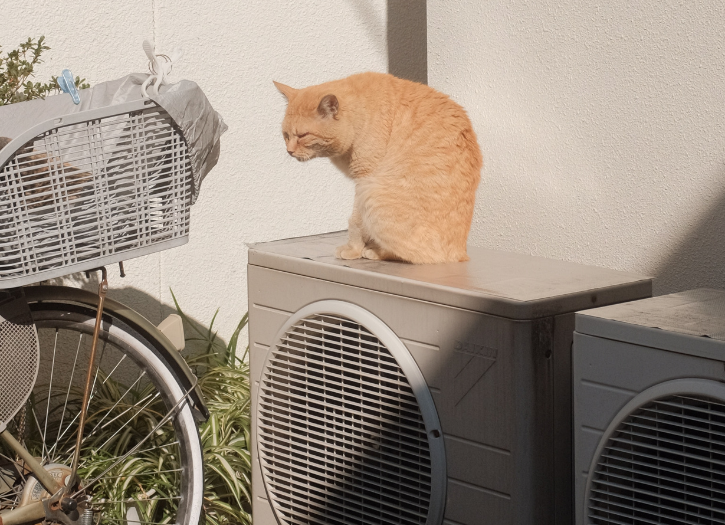Electricity made the development of effective units possible. In 1901, American inventor Willis H. Carrier built what is considered the first modern electrical air conditioning unit.
In 1902, he installed his first air-conditioning system, in the Sackett-Wilhelms Lithographing & Publishing Company in Brooklyn, New York; his invention controlled both the temperature and humidity which helped maintain consistent paper dimensions and ink alignment at the printing plant. Later, together with six other employees, Carrier formed The Carrier Air Conditioning Company of America, a business that in 2020 employed 53,000 people and was valued at $18.6 billion.
In 1906, Stuart W. Cramer of Charlotte, North Carolina was exploring ways to add moisture to the air in his textile mill. Cramer coined the term “air conditioning”, using it in a patent claim he filed that year as analogous to “water conditioning”, then a well-known process for making textiles easier to process. He combined moisture with ventilation to “condition” and change the air in the factories, controlling the humidity so necessary in textile plants. Willis Carrier adopted the term and incorporated it into the name of his company. Domestic air conditioning soon took off.
In 1914, the first domestic air conditioning was installed in Minneapolis in the home of Charles Gilbert Gates. It is however possible that the huge device (c. 7 x 6 x 20 ft) was never used, as the house remained uninhabited (Gates had already died in October 1913).In 1931, H.H. Schultz and J.Q. Sherman developed what would become the most common type of individual room air conditioner: one designed to sit on a window ledge. The units went on sale in 1932 at a considerable price (the equivalent of $120,000 to $600,000 in 2015 dollars.) A year later the first air conditioning systems for cars were offered for sale.
Chrysler Motors introduced the first practical semi-portable air conditioning unit in 1935, and Packard became the first automobile manufacturer to offer an air conditioning unit in its cars in 1939. Innovations in the latter half of the 20th century allowed for much more ubiquitous air conditioner use. In 1945, Robert Sherman of Lynn, Massachusetts invented a portable, in-window air conditioner that cooled, heated, humidified, dehumidified and filtered the air.
As international development has increased wealth across countries, global use of air conditioners has increased. By 2018, an estimated 1.6 billion air conditioning units were installed worldwide, with the International Energy Agency expecting this number to grow to 5.6 billion units by 2050. Between 1995 and 2004, the proportion of urban households in China with air conditioners increased from 8% to 70%. As of 2015, nearly 100 million homes, or about 87% of US households, had air conditioning systems.
In 2019, it was estimated that 90% of new single-family homes constructed in the USA included air conditioning (ranging from 99% in the South to 62% in the West).







Add Comment
You must be logged in to post a comment.